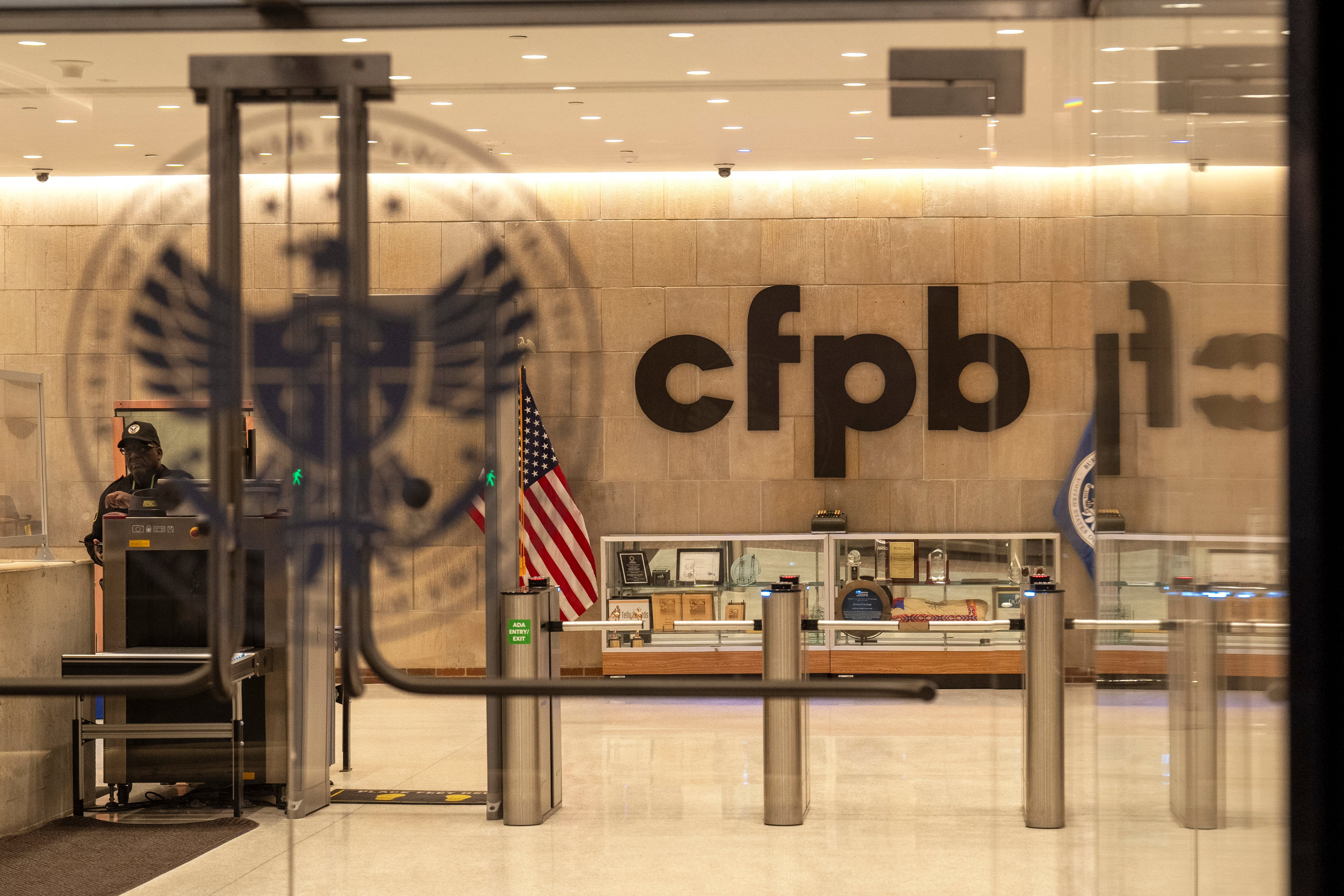The Defense Department is bracing for a manning gap this year, the Pentagon’s top personnel official told reporters Thursday, after the COVID-19 pandemic forced the services to slow their intake of new troops.
While almost all recruiting shops have moved online and continued to bring in new prospective troops, social distancing measures at military entrance processing stations and reception units have throttled the number of new trainees coming in.
“So we haven’t really seen a drop in recruiting at all, but the accessions throughput has slowed down,” Matthew Donovan, defense under secretary for personnel and readiness, told Military Times. “So we expect that there may be some shortfall in end strength by the end of the year, but the services are doing a lot of mitigation.”
Every year, military manpower is balanced out by recruiting and retaining a certain number of troops, as regular attrition for retirements and discharges cuts into end strength numbers. Each service’s manpower offices can tweak these numbers by offering enlistment or retention bonuses in times when they need to plus-up, or by tightening standards when they need to draw down.
As accessions have slowed in the first half of this year, Donovan said, the services have been more flexible in their retention efforts, to make up for the shortfall on the back end.
“What they’ve done is they’ve put in voluntary extensions of reenlistment periods or voluntary dates of separation being pushed out,” he said. “And you could go to the services for more detail, but that has been effective so far.”
As military recruiting and retention is largely driven by the economy, the COVID-19 pandemic might end up reducing a trend over the past half-decade. With so many out of work, it’s likely that more qualified Americans will be seriously considering joining the military for job stability, while at the same time, those who have been serving could be less likely to leave.
“The recent economic downturn has improved recruiting and retention and has allowed the services to reduce use of enlistment and reenlistment bonuses,” according to a 2012 research paper funded by DoD. “However, this improvement is expected to diminish as civilian economic conditions improve.”
Allowing service members who are nearing the ends of their contracts to have more time to decide whether to reenlist, or to extend their termination dates, not only keeps end strength numbers up, but prevents them from separating from the military and struggling to find a job in a down economy.
Donovan offered the pilot community as a salient example of retention in a volatile job market.
“Because the commercial airlines now are not really hiring ― and so a lot of our pilots that are exiting, retiring or separating go to the airlines ― and so that’s helping us with that retention," he said.
Meghann Myers is the Pentagon bureau chief at Military Times. She covers operations, policy, personnel, leadership and other issues affecting service members.




